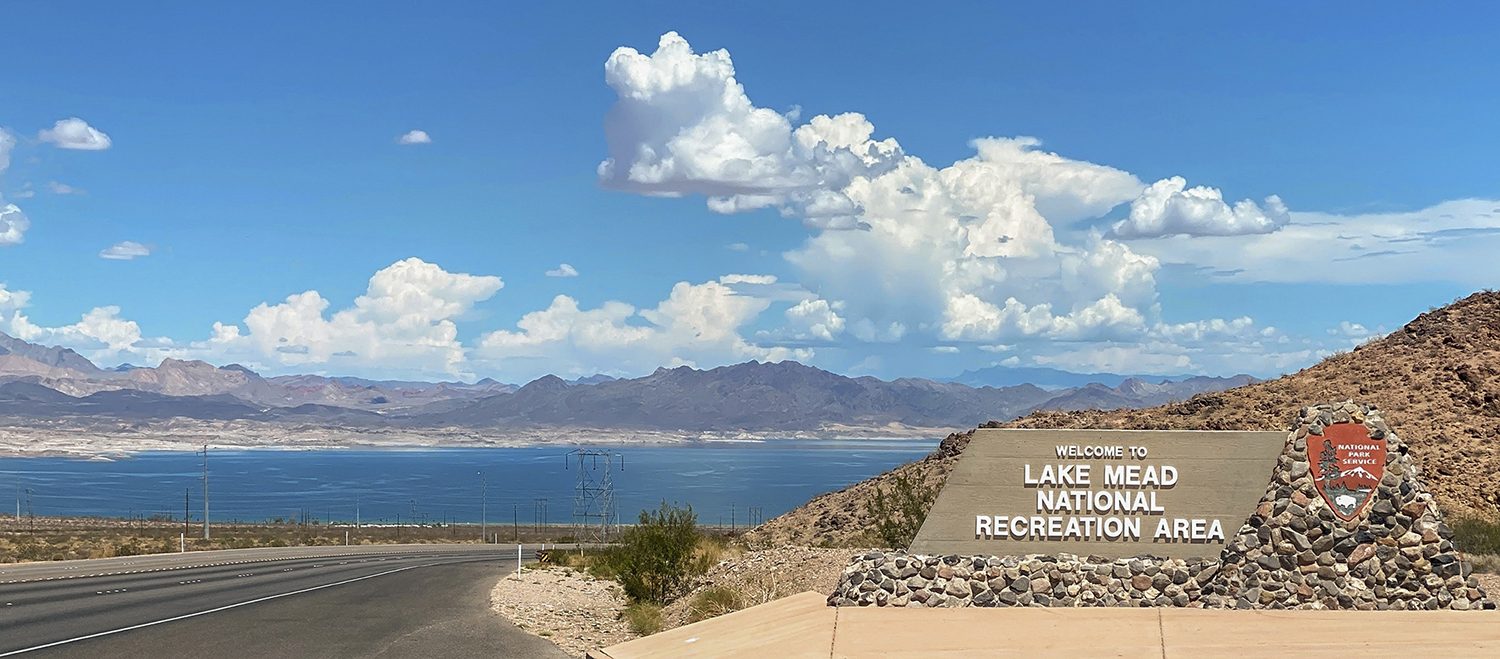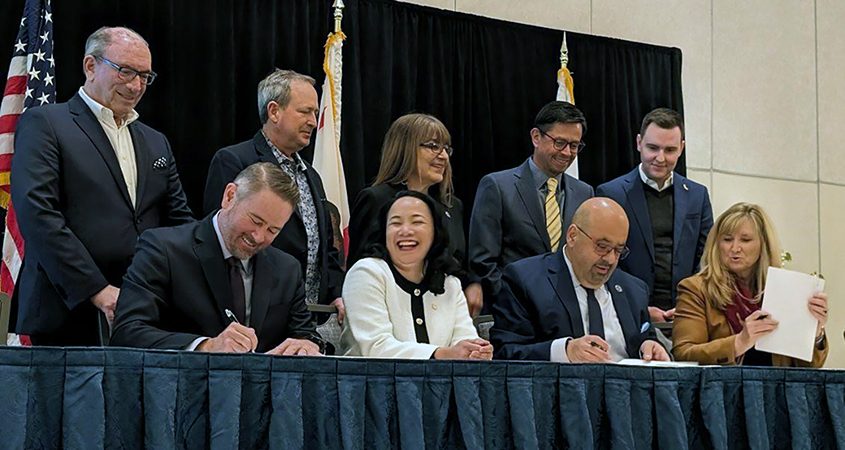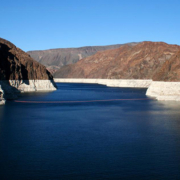Innovative Water Deal Deliver Benefits to Regional Ratepayers
For the second year in a row, the San Diego County Water Authority and its partners have struck a deal to conserve water in Lake Mead, support the long-term sustainability of the Colorado River and save local ratepayers money.
The agreements between the Water Authority, the Imperial Irrigation District, and the Metropolitan Water District, with funding from the U.S. Bureau of Reclamation, are designed to promote voluntary water conservation. The 2024 agreement was announced during a meeting of the Colorado River Board of California at this year’s Colorado River Water Users Association’s conference in Las Vegas.
As a part of these deals, the Water Authority agreed to leave 50,000 acre-feet of water from its Quantification Settlement Agreement supplies in the Colorado River, helping California meet federal conservation goals.
The 2023 agreement between the three parties was the first of its kind. The 2024 deal will save San Diego County ratepayers approximately $20 million, which will be applied to 2026 wholesale water rates.
“For the second year in a row, the Water Authority and its partners have struck a deal to conserve water in Lake Mead and save our local ratepayers approximately $20 million,” said Water Authority Board Chair Nick Serrano. “This is a win-win for all of us and demonstrates how the Water Authority is strategically using its assets to help protect ratepayers and the Colorado River through innovative thinking.”
The Water Authority’s efforts are part of a larger commitment by California water users to protect the overtaxed Colorado River, including plans to save at least 400,000 more acre-feet in 2025 after conserving more than 1.2 million acre-feet over the last two years.
“It is really a model partnership and collaboration between states and local entities and the federal government,” said U.S. Bureau of Reclamation Commissioner M. Camille Calimlim Touton.
California’s efforts have led to the equivalent of 16 feet of water being added to Lake Mead in two years, providing much-needed stability to the entire river system as the seven Basin states work with the federal government to create a post-2026 operations plan for the river.
“Our collective achievements not only have made a profound impact on Lake Mead today, they also illustrate the can-do spirit that the Water Authority and our partners bring to future conservation work on the river,” said Colorado River Board Vice Chair and Water Authority Director Jim Madaffer. “We are both proud of what we have accomplished and committed to delivering additional solutions for the Southwest in the years ahead.”

The Colorado River Basin is the most important water source in the West, providing water for more than 40 million people and generating hydropower in seven U.S. states.
The Water Authority will continue to pursue other water transfers and exchanges to maximize the value of San Diego County’s water resources and minimize the cost to local ratepayers. Those steps include budget cuts, project deferrals, debt refinancing, increasing grant funds and restructuring rates.











